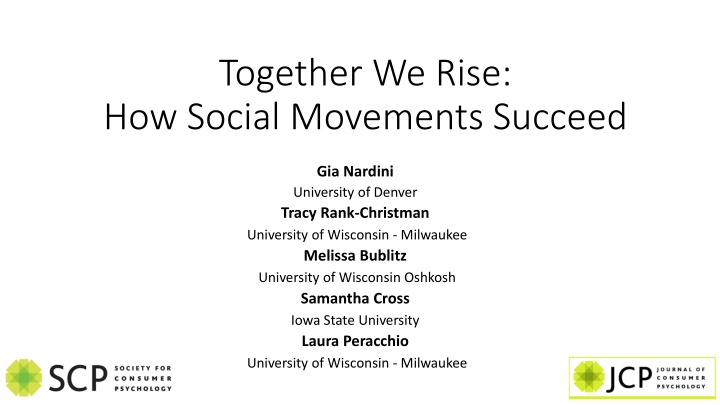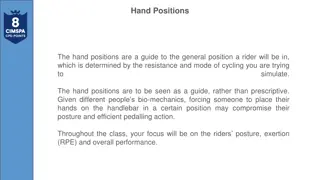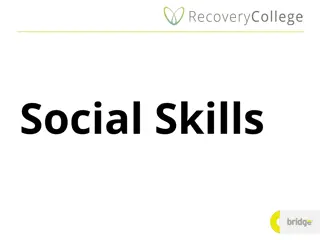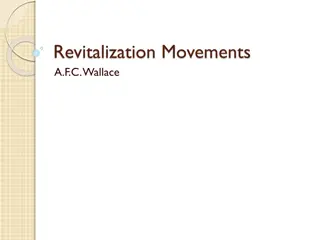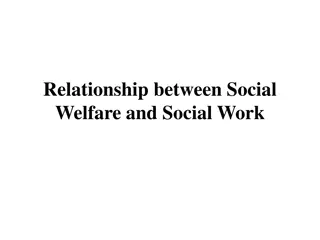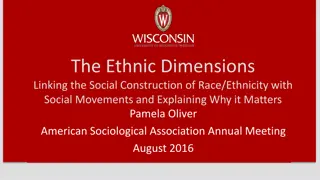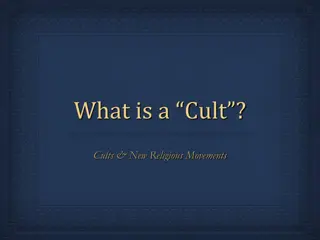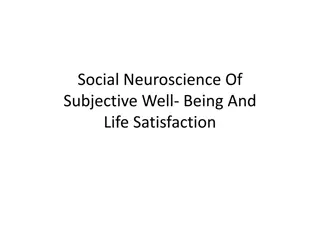Successful Social Movements: How They Succeed and Grow
Successful social movements result from collective action driven by shared societal interests, aiming to address inequality and effect social change. They grow as bystanders become upstanders, forming grassroots groups with common purpose to shift societal norms. Black Lives Matter exemplifies a movement with decentralized leadership, forming alliances and leveraging public support to win hearts and minds.
Download Presentation

Please find below an Image/Link to download the presentation.
The content on the website is provided AS IS for your information and personal use only. It may not be sold, licensed, or shared on other websites without obtaining consent from the author.If you encounter any issues during the download, it is possible that the publisher has removed the file from their server.
You are allowed to download the files provided on this website for personal or commercial use, subject to the condition that they are used lawfully. All files are the property of their respective owners.
The content on the website is provided AS IS for your information and personal use only. It may not be sold, licensed, or shared on other websites without obtaining consent from the author.
E N D
Presentation Transcript
Together We Rise: How Social Movements Succeed Gia Nardini University of Denver Tracy Rank-Christman University of Wisconsin - Milwaukee Melissa Bublitz University of Wisconsin Oshkosh Samantha Cross Iowa State University Laura Peracchio University of Wisconsin - Milwaukee
How do successful social movements come about?
Social Movements Social Movements and Collective Action and Collective Action Movements result from collective action (sometimes referred to as the critical mass; e.g., Diani, 1992; Oliver et al., 1985; Olson, 1965), which is when a common or shared societal interest among a group of people motivates them to take action (i.e., protest, march, boycott) (Horn, 2013; Oliver, 1993; Olson, 1965). Nardini et al. 2020, p. # To achieve a goal that they believe will improve society (Gage, 2018) and in response to situations of inequality, oppression, and/or unmet social, political, economic or cultural demands (Horn, 2013, p. 19). Nardini et al. 2020, p. #
How Social Movements Grow Bystanders become upstanders, forming community-based groups, organizing collective action, and building grassroots momentum that propels social change. Coordinated groups of allies and organizations with a shared purpose coalesce into a successful social movement, wining hearts and minds and shifting societal norms which creates social change. Grassroots groups connect and proliferate around shared values and a common purpose, resolving conflict, recruiting support, and empowering each other to build a networked social movement. Figure 1 from Nardini et. al 2020
A Framework for How Social Movements Succeed Figure 2: Nardini et al. 2020
BLACK LIVES MATTER BLACK LIVES MATTER Building Grass Roots Welcoming of all (Miller, 2020) Black Lives Matters chapters formed across the country Protesters joined together Collective identity with shared sense of purpose Assembling Networked Movements Social Media and #BlackLivesMatter Black people of all stripes coming together to love on one another, committed to our collective transformation (Pleasant, 2015). We focused to form solidarity inform, educate, motivate, and empower others. p. # Being Leaderful Black Lives Matter, doesn t require centralized leadership structures to make waves The [movement] is structured around a community- centered leadership model (Bellan, 2020). Decentralized Expanding the Network: Assemble Coalitions of Internal and External Organizations Allies (e.g., the LGBTQ community) Celebrity and brand support (e.g., Nike) Change in legislation Public support Winning Hearts and Minds Why this moment? Why now? Able to , want to , have to
BLACK LIVES MATTER BLACK LIVES MATTER Consumer Psychology Theories Consumer Psychology Theories Building Grass Roots Individual and collective identity formation Social Influence Trust Assembling Networked Movements Information sharing Strong ties and weak ties Goal pursuit Social norms Being Leaderful Active listening Synergy Expanding the Network Cocreation Power and status Corporate Social Responsibility Winning Hearts and Minds Emotions Psychological Closeness Storytelling Word of Mouth
What causes someone to switch from seeing a problem as external to their lives to suddenly feeling a sense of personal responsibility to act? How do people become upstanders? What is the role of the marketplace in suppressing or supporting social change? What are the structural problems that plague our society and how do we address them? Questions for Reflection
